Research for the long haul
By Jan Jarvis
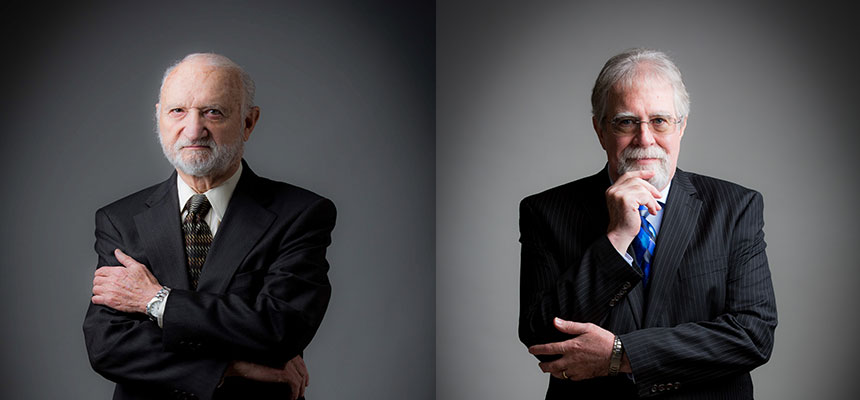
Scientific breakthroughs once belonged to the young.
Or at least that’s what Einstein must have thought when he said that unless a scientist has made a great contribution before the age of 30, he never will.
Time, however, has proven him wrong. Robert Edwards, for example, was 85 when he developed in vitro fertilization. A stroke of genius, it turns out, can strike at any age.
That’s certainly true at UNT Health Science Center, where a growing number of researchers who have focused their entire careers on a single area of inquiry for decades are seeing their work pay off.
Two of those researchers are Abe Clark, PhD, and Andras Lacko, PhD.
For Dr. Clark, glaucoma has been the focus of his research. For Dr. Lacko, much of his life’s work has been to find a way to deliver drugs to cancerous tumors.
Both researchers are exceptional in that they continue to bring enthusiasm and devotion to research despite the many obstacles that have stood in their way over the years. For researchers of all ages, finding funding to support their studies is a continuous battle.
That challenge was recently made all the more difficult when the National Institutes of Health decided to limit the amount of grant money any scientist can receive. Although the move was aimed at increasing funding to early- and middle-stage career scientists, it could be seen as a slap in the face for established researchers.
But both Dr. Clark and Dr. Lacko remain philosophical. They did not get to where they are by becoming discouraged by funding obstacles.
“You just have to keep applying,” Dr. Clark said. “You can’t give up.”
Dr. Andras Lacko: Catching his second wind
When others his age were hanging up their lab coats, Dr. Lacko was just starting to catch his second wind.
By then, the Professor of Physiology and Anatomy had already invested some 30 years studying cholesterol and its role in cardiovascular disease. He had no way knowing that the decades ahead would turn out to be among the most satisfying years of his career.
He just knew that the world of cardiovascular research was about to change big time. The discovery of statin drugs to lower cholesterol had caused a seismic shift in the prevention and treatment of heart disease. The landscape had changed in basic research, and his corner of the scientific world was about to be forever altered. Dr. Lacko could see what was coming.
“I knew that a lot of the projects I had been working on were not going to be funded,” he said. “If I was going to continue doing research, I had to start thinking about a new way of using the knowledge I had already accumulated in a different way.”
Essentially he would have to reinvent himself.
He had gone into cardiovascular research, not because he had a passion for it, but because that’s where he found his first job. Switching gears late in a career takes extraordinary resilience and drive, traits that Dr. Lacko has always had in abundance.
In 1956, as a young man and Holocaust survivor, he escaped from Hungary, first to Austria, then to Canada with only a briefcase.
But he would need something more than perseverance and knowledge.
“You could be the smartest person in the room but that does not mean you are going to make it over the finish line,” he said. “What you need is a sense of wonder.”
Wonder is what has kept Dr. Lacko going at a time when others were slowing down or abandoning science altogether.
For the second part of his career he decided to focus on developing a drug delivery system that could target and destroys cancer cells without harming healthy cells.
It was not the kind of research that makes headlines, but it could certainly contribute to a better way of treating the disease. It would also allow him to draw on his many years of lipoprotein research to develop something new that could help people.
By researching how good cholesterol carrying (HDL) nanoparticles could be used to selectively shrink or destroy tumors, he was able to meld the past with the future.
It was a second chance. It did not come quickly.
“Research is like peeling an onion.” he said. “It takes time.”
Time appears to be on Dr. Lacko’s side. After 57 years as a scientist, he is closing in on the discovery he has long been searching for.
“It turns out it could be a major contributor to cancer therapuetics,” he said.
Dr. Abe Clark: Experiencing the joy of discovery
As a boy, Abe Clark knew exactly what he wanted to do when he grew up.
“Early on I got excited by science,” he said. “I always had chemistry sets and microscopes.”
At first he thought that meant teaching high school biology and coaching football. Glaucoma, which would become his life’s passion, wasn’t even on his radar.
But it soon would be.
He did his post doctorial fellowship in immunology at UT Southwestern Medical Center and then served on the faculty when he caught the attention of officials at Alcon Laboratories, which specialize in eye research.
“I knew nothing about the eye before then,” he said. “But I knew that not much good science was being done in glaucoma research.
“I was looking for a niche where I could make a contribution,” he said. “I certainly found it.”
What he found would set his course for decades to come.
After working as a scientist and later Vice President of Discovery Research and Head of Glaucoma Research for 23 years at Alcon, he retired. But Dr. Clark had no intention of spending his retirement playing golf or relaxing.
“I really wanted to get back to doing science,” he said. “I still wanted to experience the joy of discovery.”
If there’s any trait that stands out among scientists that go the distance, it is that sense of wonder and drive to keep looking for answers. They must find that one thing that matters to them.
For Dr. Clark, it’s the molecular pathogenic pathways for glaucoma.
This blinding disease affects some 80 million people worldwide and is the leading cause of irreversible vision loss and neurodegeneration.
“Glaucoma affects not only tissues in the eyes but also the brain,” he said. “We see with our brains. It is all very intriguing to me.”
Glaucoma is treated by lowering pressure in the eye. But that doesn’t change the underlying disease process, which has long been a focus for Dr. Clark’s research.
After more than three decades, he may be close to finding answers.
“We recently cured glaucoma in mouse models of human glaucoma,” he said. “If we can translate that to patients, we will have a cure for glaucoma.”
There’s still much more work to do, said Dr. Clark, who is applying for grants that will take him five years into the future. As the Executive Director of the North Texas Eye Research Institute and Regents Professor of Pharmacology and Neuroscience, he also is dedicated to developing the next generation of vision researchers and faculty.
For now, glaucoma is what Dr. Clark is all about.
“I still get up in the morning excited about my work,” he said. “I still feel like there is a lot more that I want to accomplish.”
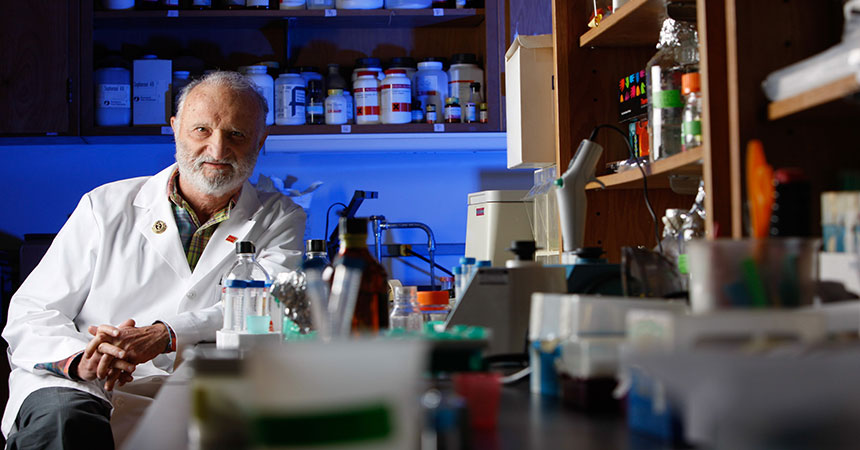
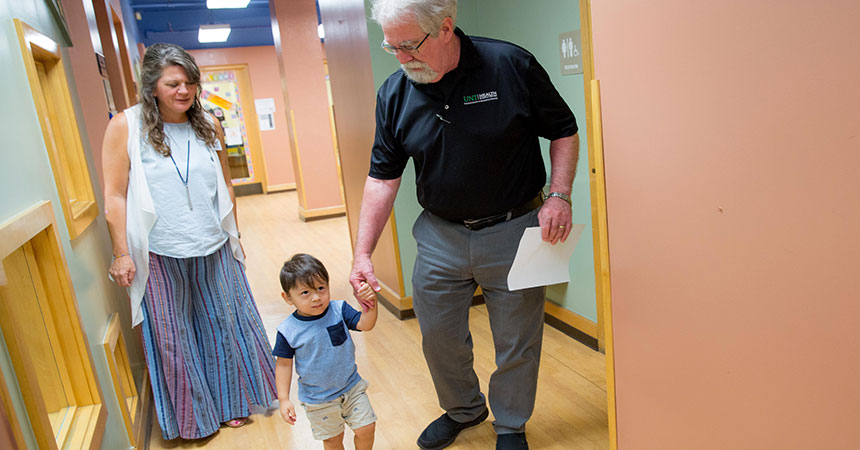
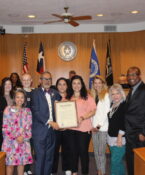

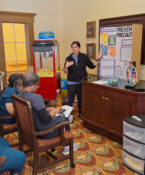
![Uyen Sa Nguyen Scaled[58]](https://www.unthsc.edu/newsroom/wp-content/uploads/sites/16/Uyen-Sa-Nguyen-scaled58-145x175.jpg)

Social media